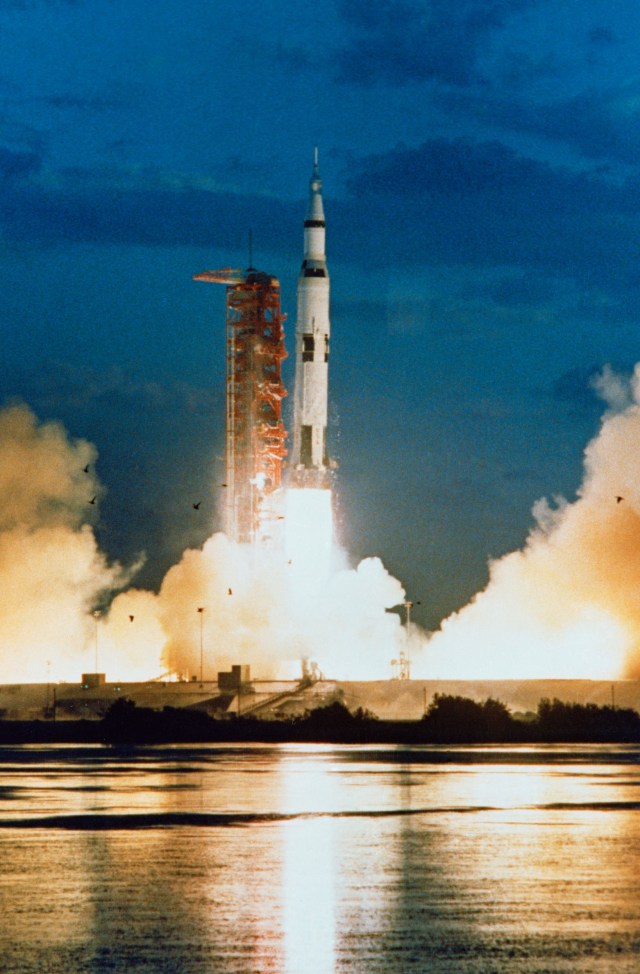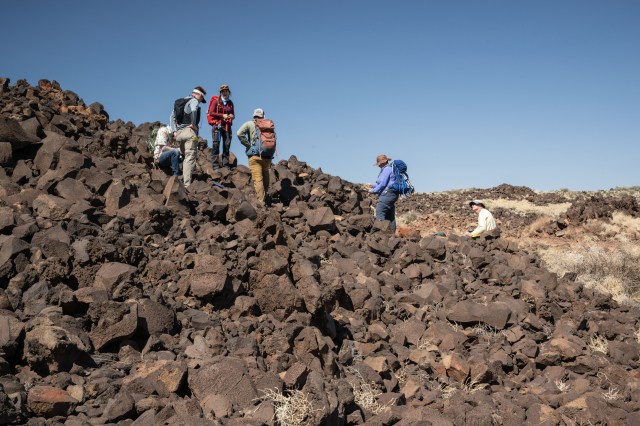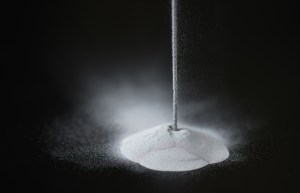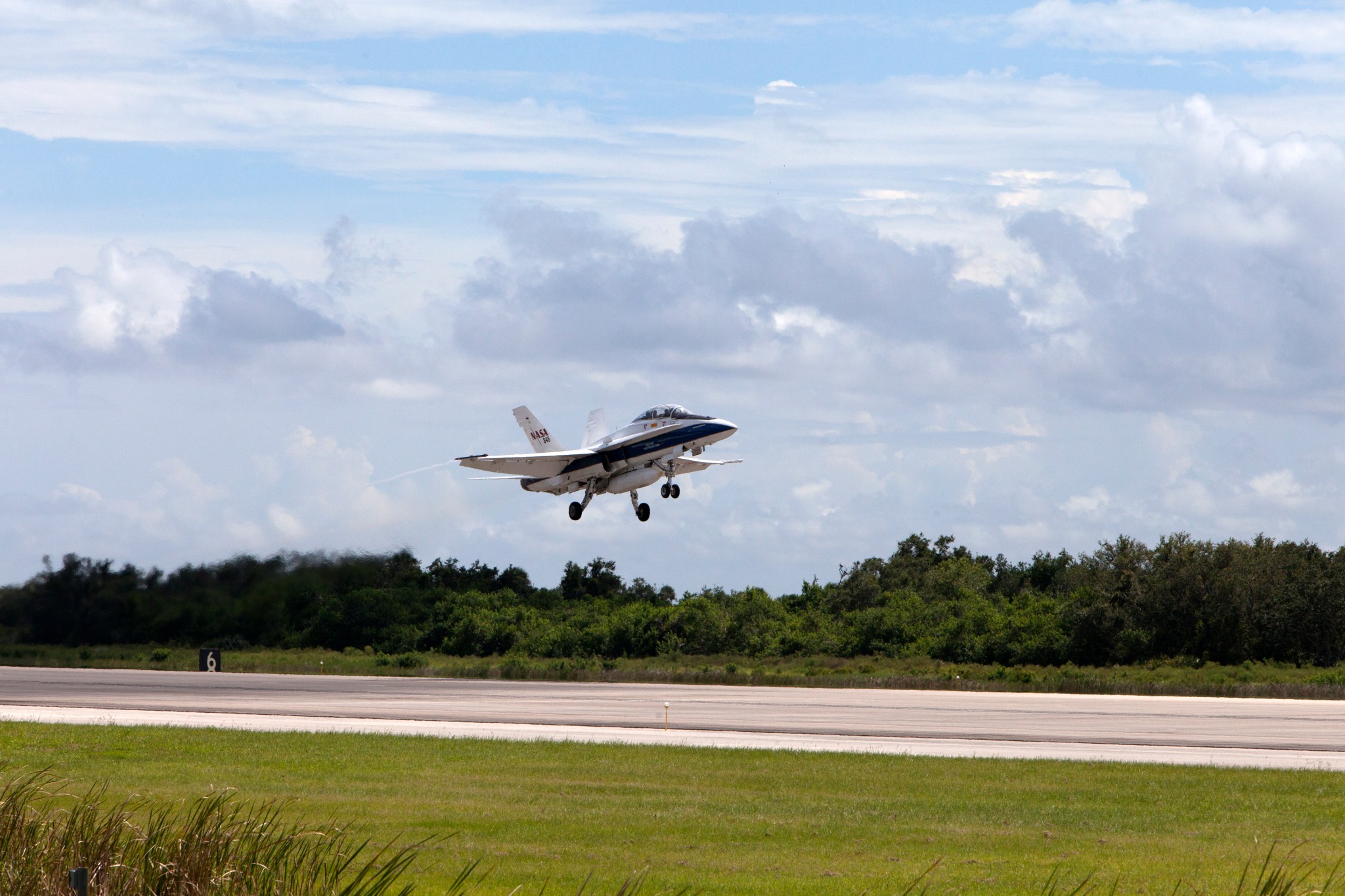
An upcoming NASA supersonic research flight series will examine methodology and technology to be used in future community response testing with the agency’s Low-Boom Flight Demonstrator aircraft, or LBFD.
The flight series, called Quiet Supersonic Flights 2018, or QSF18, will use a NASA F/A-18 research aircraft performing a unique supersonic dive maneuver that produces a sound similar to a soft “thump” in comparison to the sonic boom typically associated with supersonic flight. The goal of the flights is to study techniques for obtaining accurate community response data, using surveys, to the reduced sounds of supersonic flight over a community that is relatively unfamiliar with these sounds.
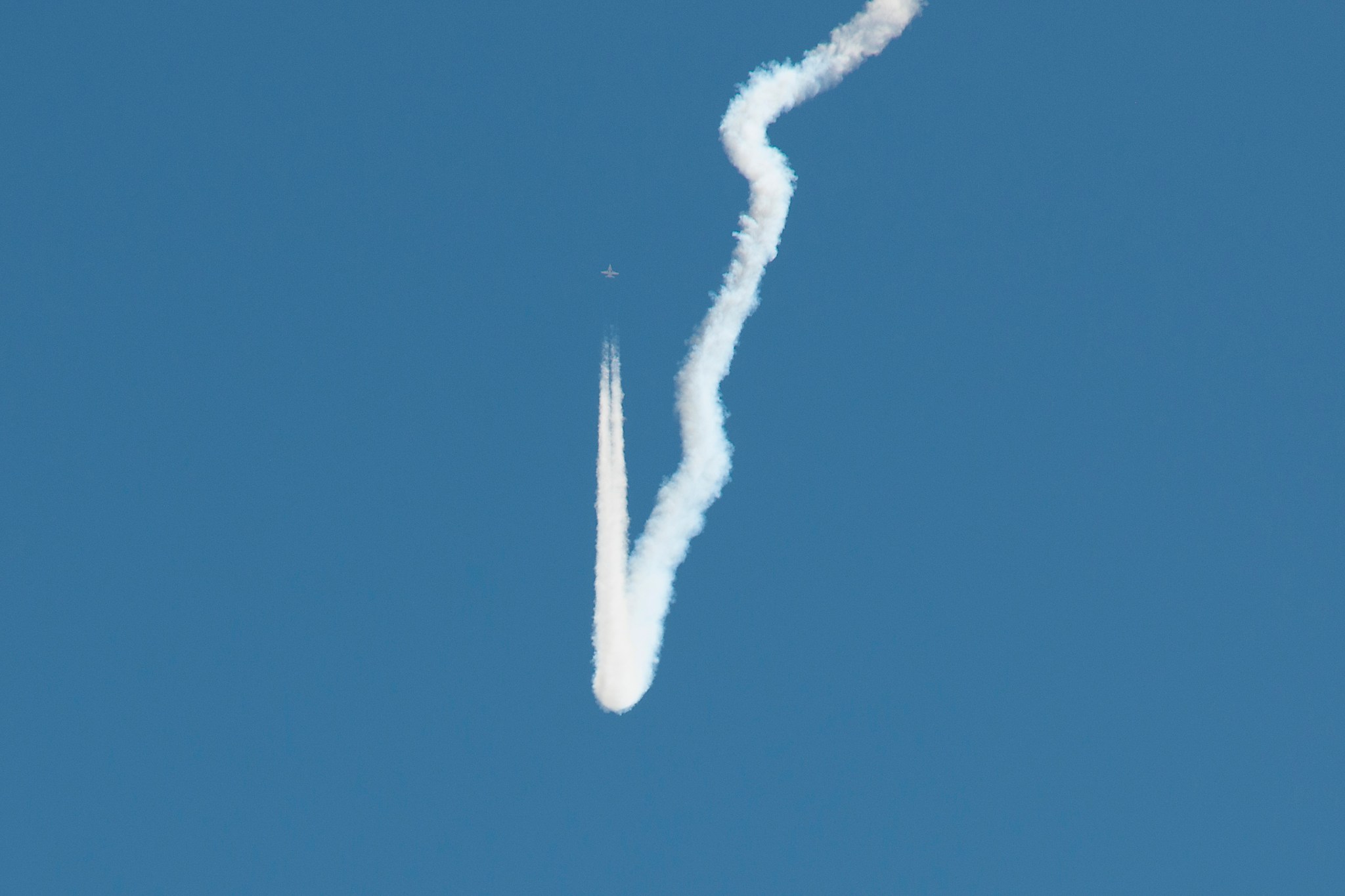
The flights will be conducted by teams from NASA’s Armstrong Flight Research Center in California, Langley Research Center in Virginia, and Johnson Space Center in Texas, and will take place in the area of Galveston, Texas, in November 2018. The flight series also comprises a team of several contractors, including Volpe National Transportation Systems Center, Gulfstream Aerospace Corporation, Applied Physical Sciences, Penn State Survey Research Center, Eagle Aerospace, and KBR Wyle.
This effort will provide key information to support planning for the future LBFD community response flights, which will begin as early as 2022. The LBFD flights, in turn, will provide data supporting new noise standards for supersonic flight over land. These new standards will replace current restrictions, which are in place due to the sonic boom produced by aircraft that fly faster than the speed of sound.
We are doing important research that is a precursor to a national effort to understand how people react to the sound of a quiet supersonic aircraft flying overhead. We are learning about the best ways to engage communities, collect acoustic data, and conduct surveys of in response to sounds that people in a community normally do not hear.
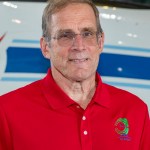
Peter Coen
Commercial Supersonic Technology Project Manager
NASA has conducted similar research in the past to develop and advance community response technology and methods. The Waveforms and Sonic boom Perception and Response project, or WSPR, took place in 2011 at Edwards Air Force Base in California, where sonic booms are relatively common.
In that research project, 100 volunteer residents of Edwards used a questionnaire to provide feedback on low-amplitude “thumps” created with the F/A-18 quiet dive maneuver. WSPR, and subsequent research flight series at Edwards, further developed data collection methods and test protocols.
In QSF18, NASA will put those techniques to the test over a community that is not used to hearing the sounds of supersonic flight.
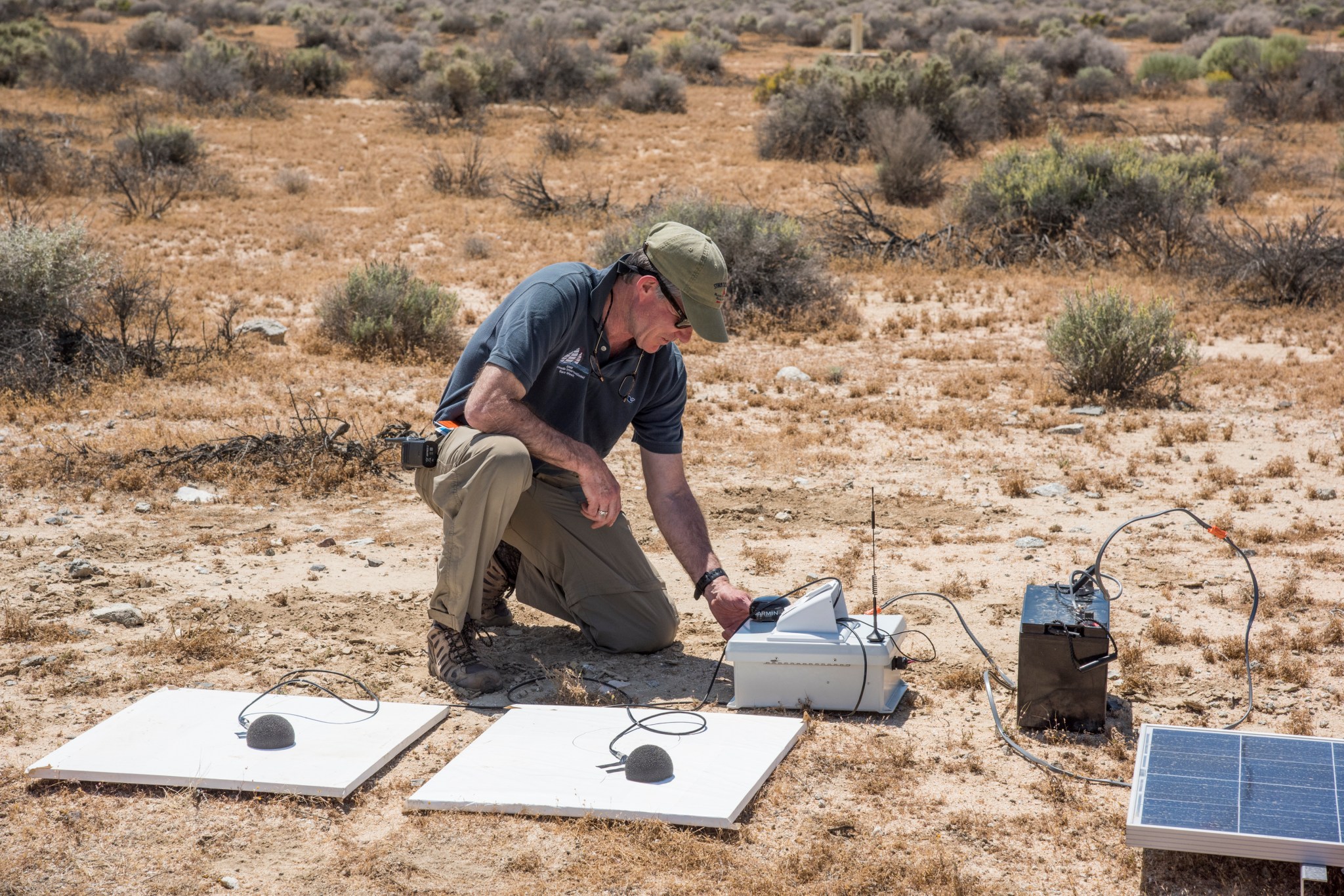
The data from this flight series will provide direct insight into the community response element for future LBFD flights, which will fly over numerous communities in the United States to collect a large database that fully represents community response to quiet supersonic flight.
The research in Galveston will be conducted by flying the F/A-18 in an oval flight pattern offshore, where it will dive from approximately 49,000 feet and briefly go supersonic, before recovering to level flight at approximately 30,000 feet. This type of dive produces a sonic boom in such a way that the sound is perceived in a specific area as a quieter “thump”, similar to the predicted sound signature of LBFD. NASA also will operate audio sensors in the area to measure the acoustic levels of this sound.
“We’ve performed similar research flights in the past to prove that our flights are safe and that the sounds we plan to create are not dangerous or damaging,” said Coen.
QSF18 also marks a unique collaboration between NASA’s aeronautics and human spaceflight programs. Part of the decision to engage the city of Galveston for this research was its proximity to the Johnson Space Center, located approximately 30 miles north of the island, which is best known as the home of NASA’s astronauts and Mission Control Center.
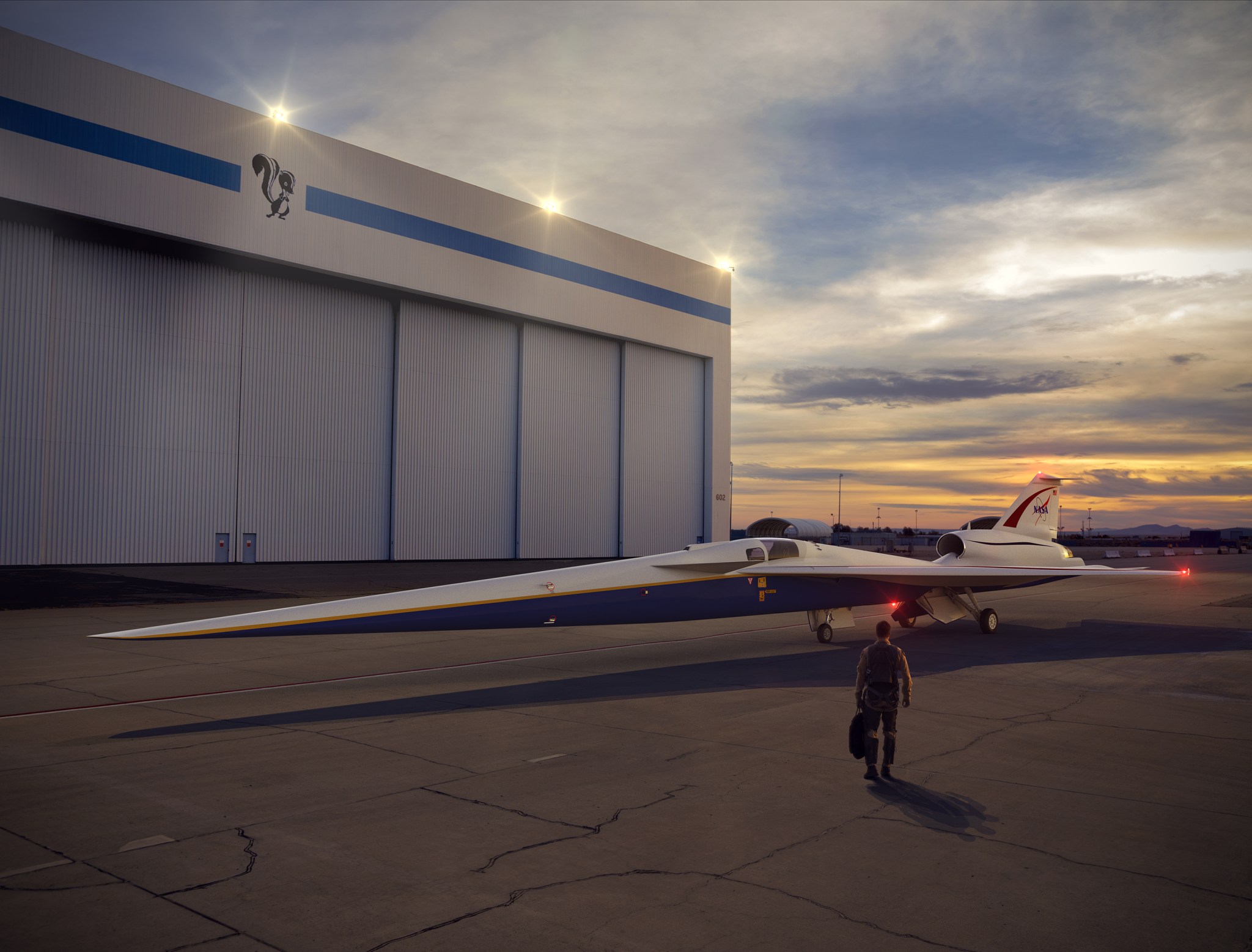
“This is a great opportunity for us to participate in another exciting area of NASA research,” said Melanie Saunders, Johnson’s acting deputy center director. “The agency’s Aeronautics Research Mission Directorate is doing work that could help air travelers everywhere in the future, and we’re looking forward to be part of it.”
QSF18 is an element of NASA’s Commercial Supersonic Technology project, one of the many Aeronautics Research Mission Directorate efforts that supports the motto – NASA is with you when you fly!





